Losing the will to live.....
scarlett2001
12 years ago
Related Stories

GARDENING AND LANDSCAPINGYour Yard: Are You Ready to Lose the Lawn?
Save time and water with good-looking alternatives to turf grass
Full Story
BEFORE AND AFTERSSee 6 Yards Transformed by Losing Their Lawns
Wondering whether a turf lawn is the best use of your outdoor space? These homeowners did, and they found creative alternatives
Full Story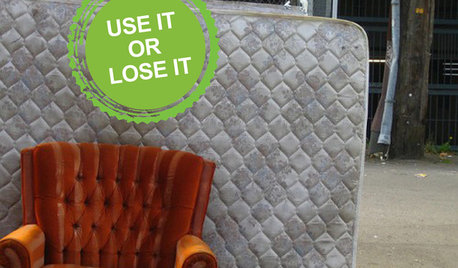
DECORATING GUIDESLose It: How to Get Rid of a Mattress
Updating your bedroom? Here's how to donate, reuse or recycle that mattress — and keep it out of the landfill
Full Story
EARTH DAYThe Case for Losing the Traditional Lawn
Work less, help the environment and foster connections by just saying no to typical turf
Full Story
KITCHEN DESIGNHow to Lose Some of Your Upper Kitchen Cabinets
Lovely views, display-worthy objects and dramatic backsplashes are just some of the reasons to consider getting out the sledgehammer
Full Story
MOST POPULAR7 Ways to Design Your Kitchen to Help You Lose Weight
In his new book, Slim by Design, eating-behavior expert Brian Wansink shows us how to get our kitchens working better
Full Story
DECORATING GUIDESLose It: CDs, DVDs, Cassettes and VHS tapes
Still have piles of old cassettes, jewel boxes and videos piled in your garage? Learn how to get rid of them the eco-friendly way
Full Story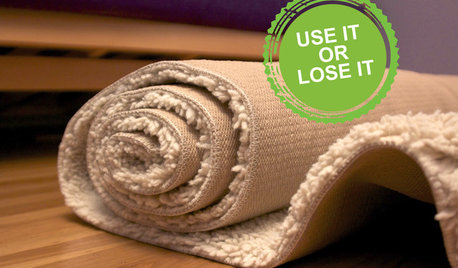
DECORATING GUIDESLose It: 4 Ways to Get Rid of Your Old Carpet
Try one of these earth-friendly tips before stuffing your dingy carpet or rug in the trash
Full Story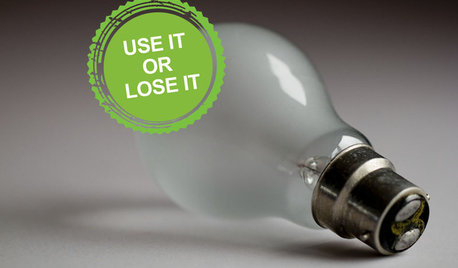
DECORATING GUIDESLose It: How to Get Rid of Old Light Bulbs
When the light goes out, you'll want to get rid of the bulb safely. Here's how
Full Story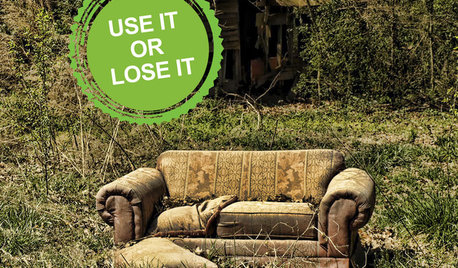
DECORATING GUIDESLose It: How to Reuse, Recycle or Replace Your Sofa
Follow these tips and tricks to keep your worn-out couch from ending up in a landfill
Full Story







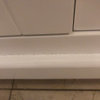

graywings123
scarlett2001Original Author
Related Professionals
Bridgewater Painters · Bremerton Painters · Darien Painters · Pensacola Painters · Roswell Painters · Shelton Painters · Woodbury Painters · Hammond Cabinets & Cabinetry · Tooele Cabinets & Cabinetry · Burr Ridge Flooring Contractors · Cutlerville Flooring Contractors · Lake Elsinore Flooring Contractors · Norfolk Flooring Contractors · Orange Flooring Contractors · Stoneham Flooring ContractorsMichael
sofaspud
scarlett2001Original Author
Christopher Nelson Wallcovering and Painting
Michael
lucillle
Michael
lucillle
Michael
lucillle
Christopher Nelson Wallcovering and Painting
graywings123
Michael